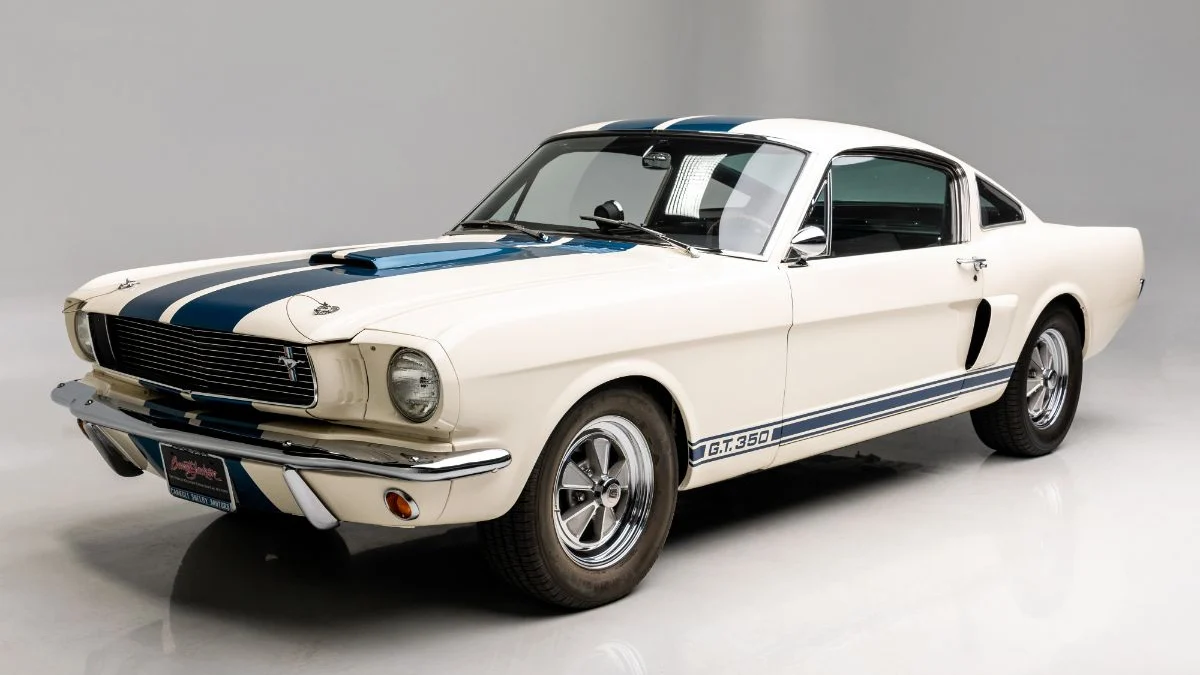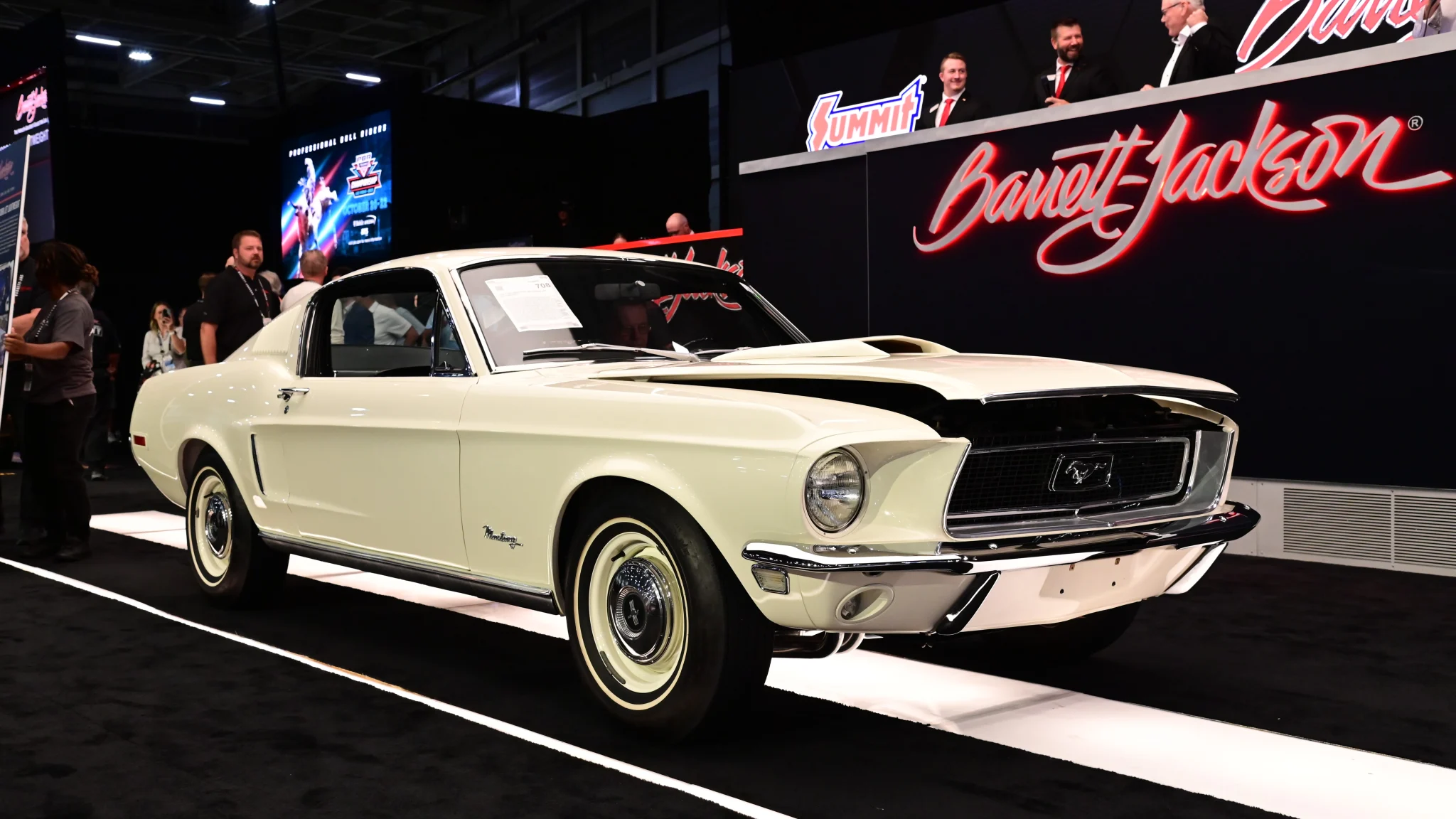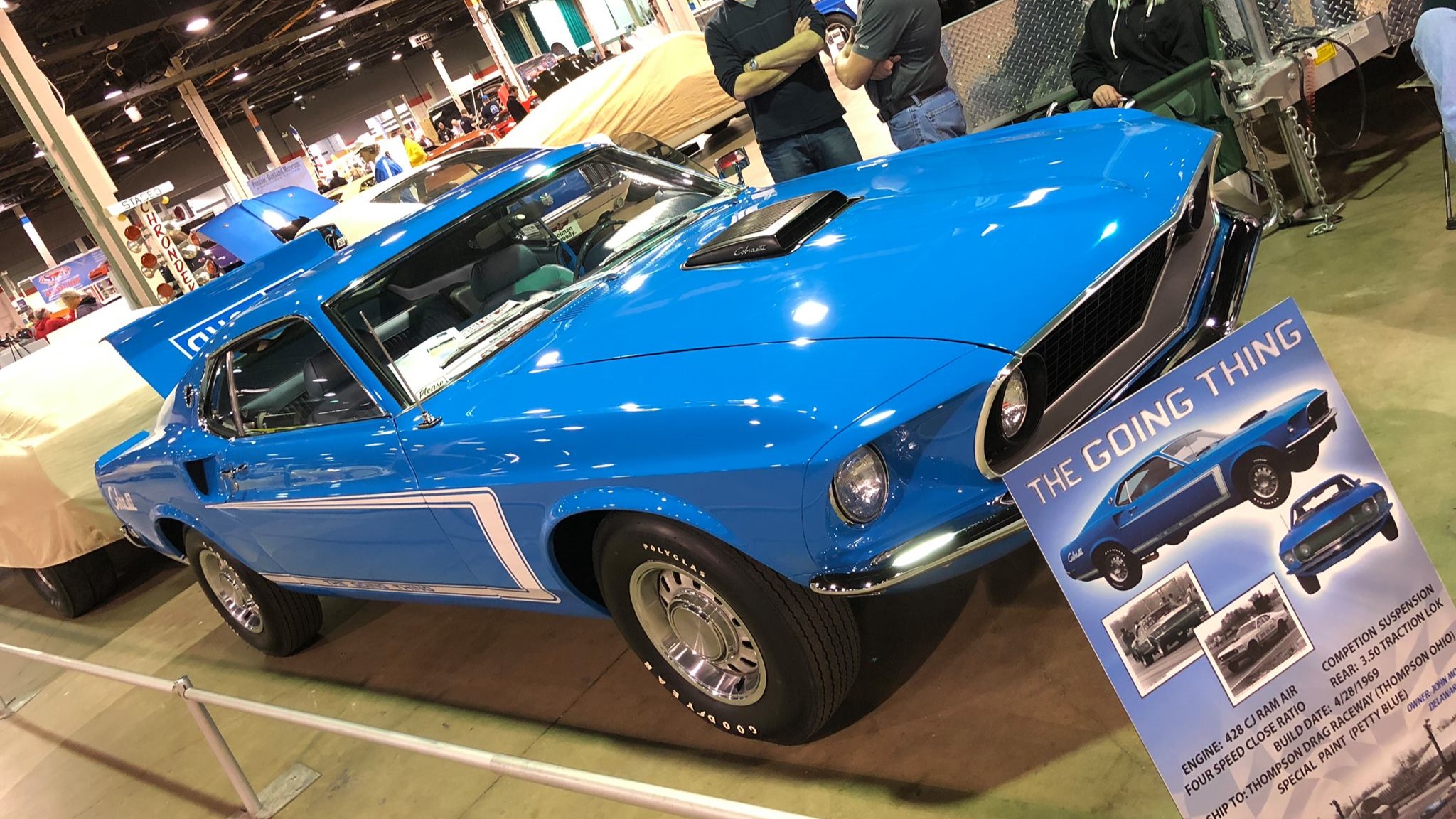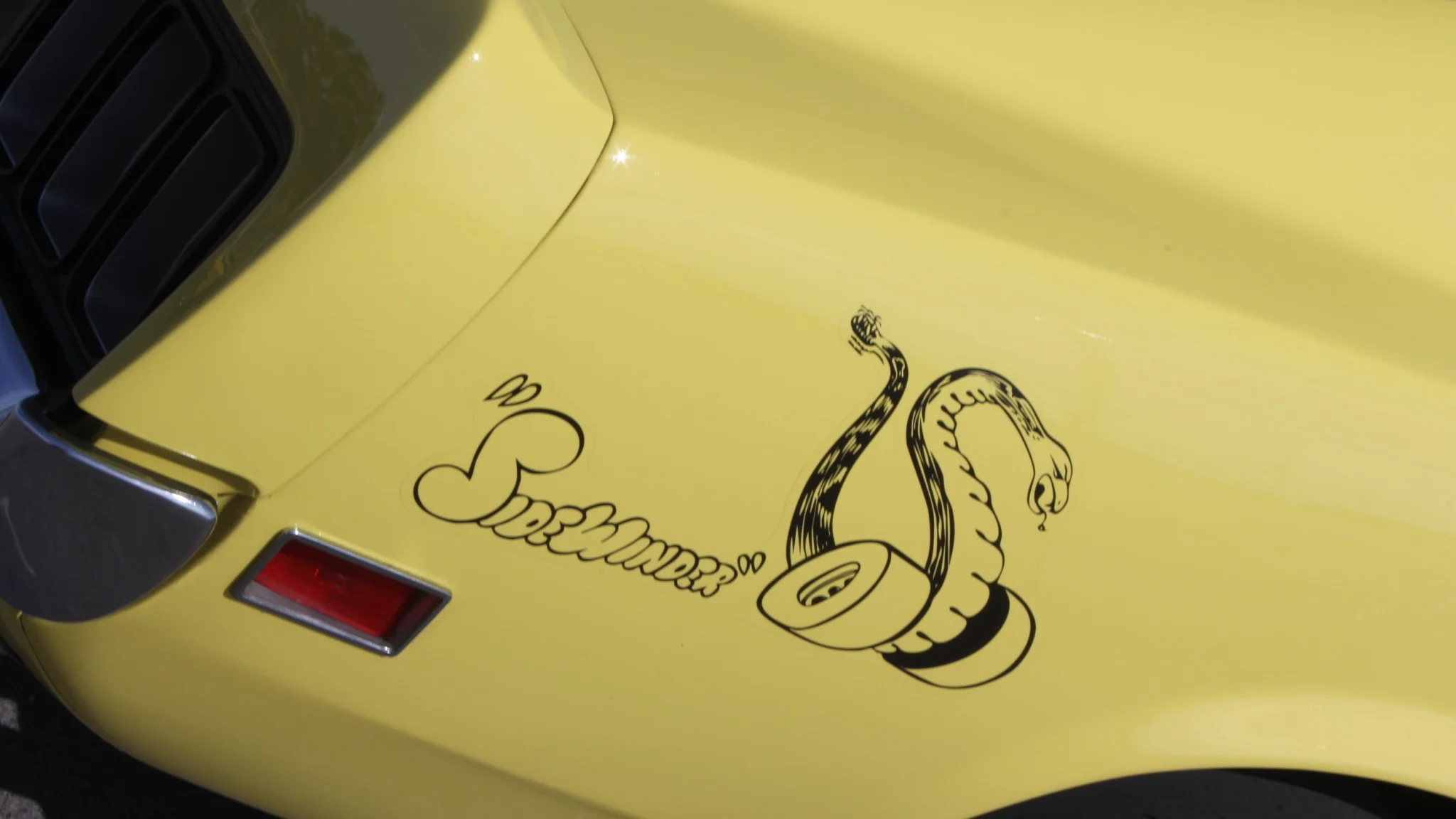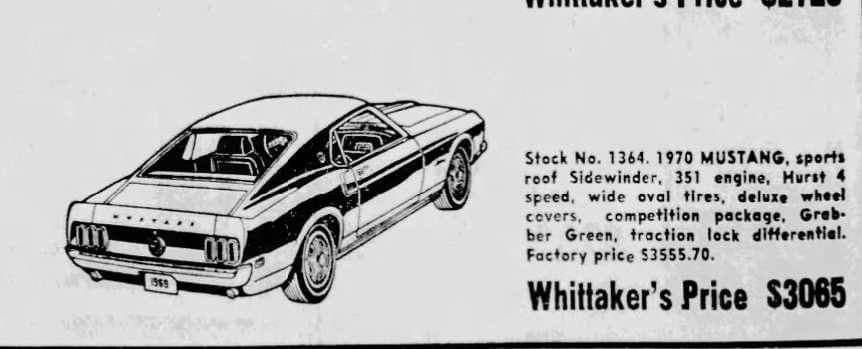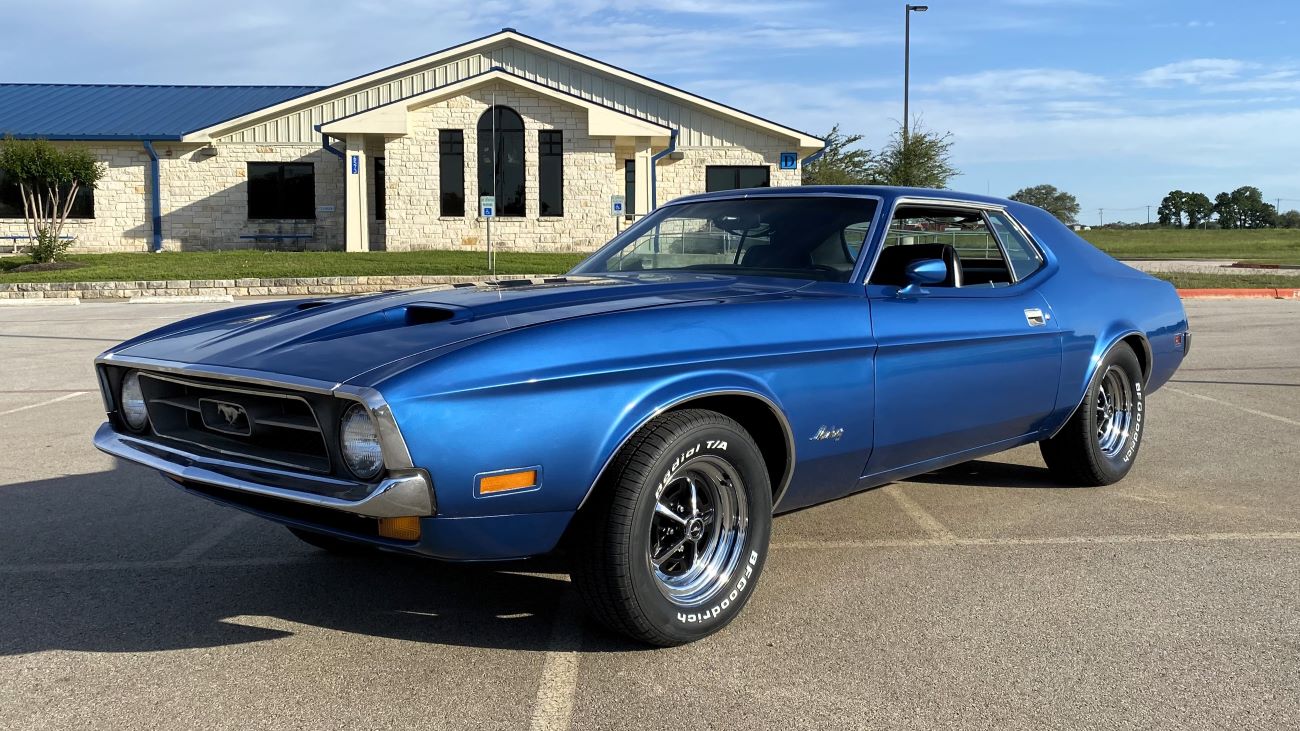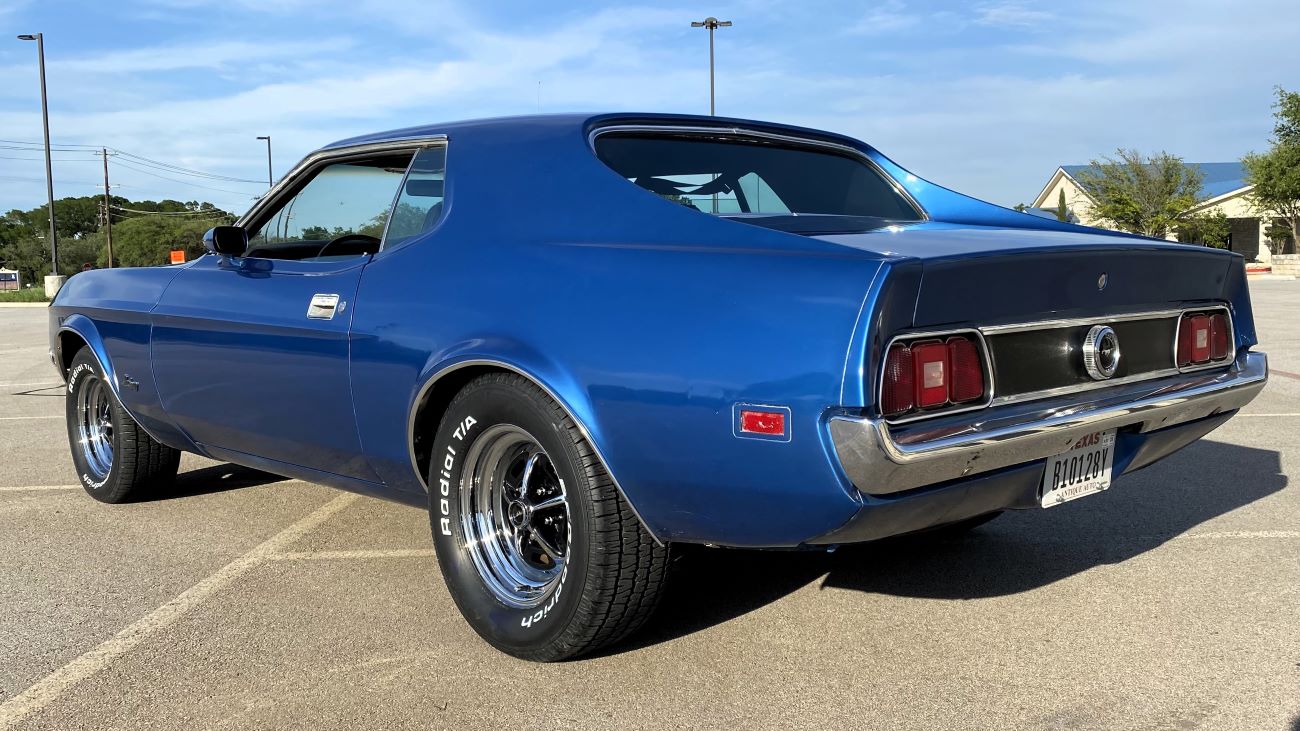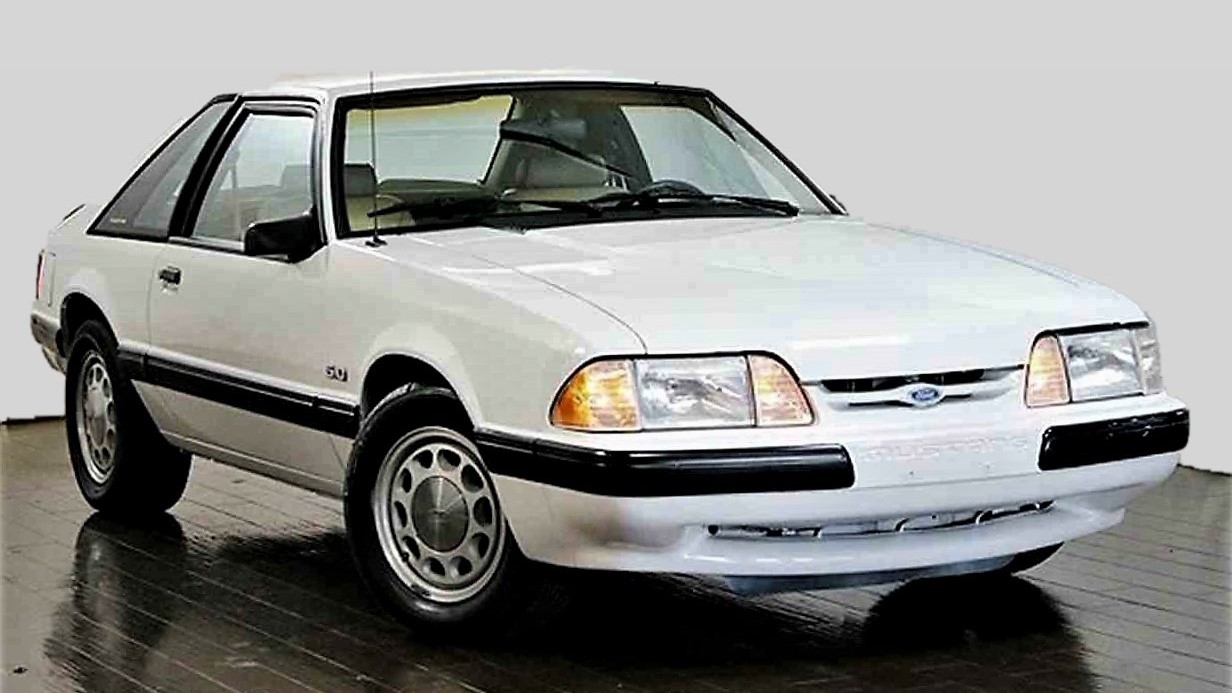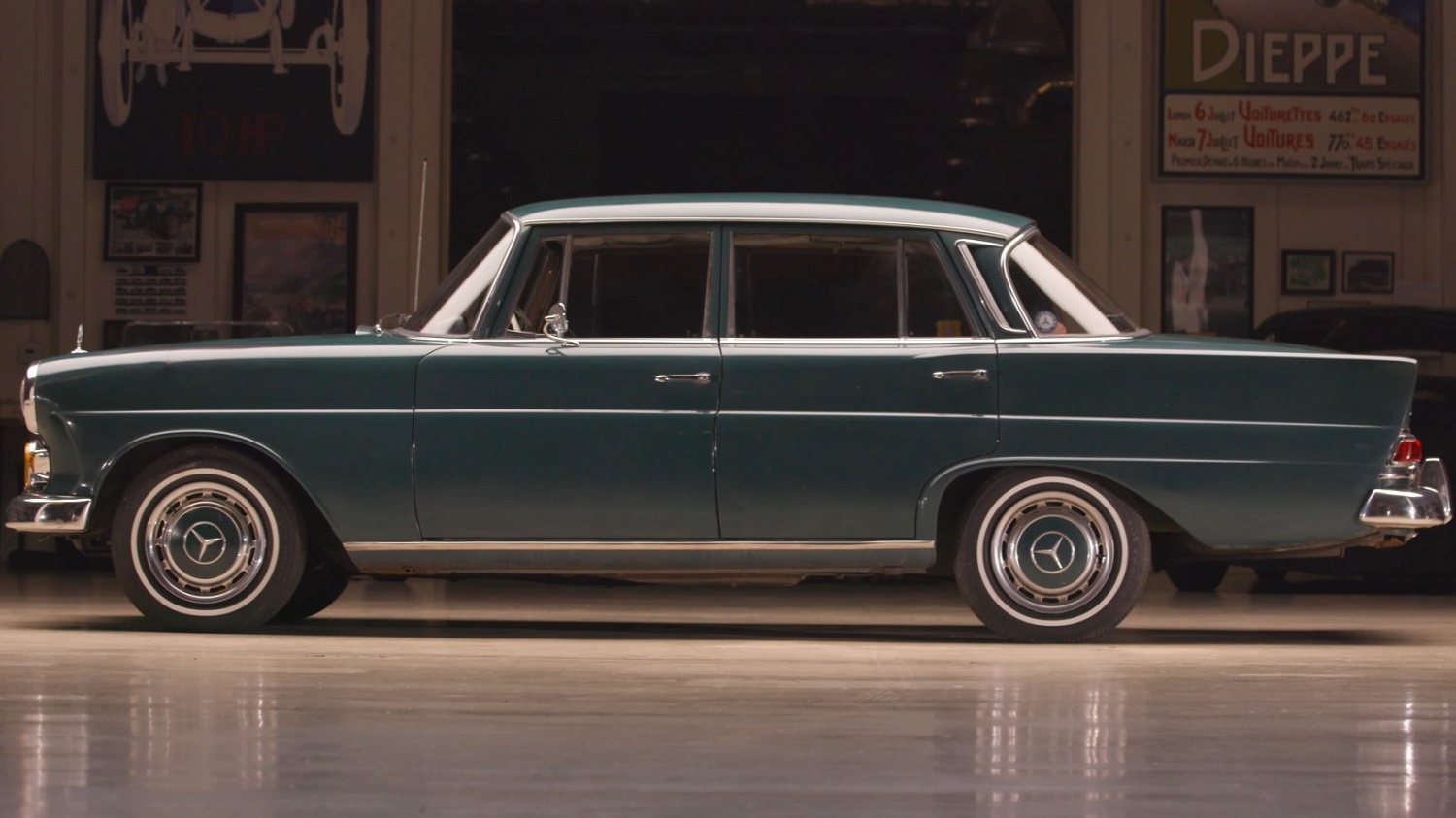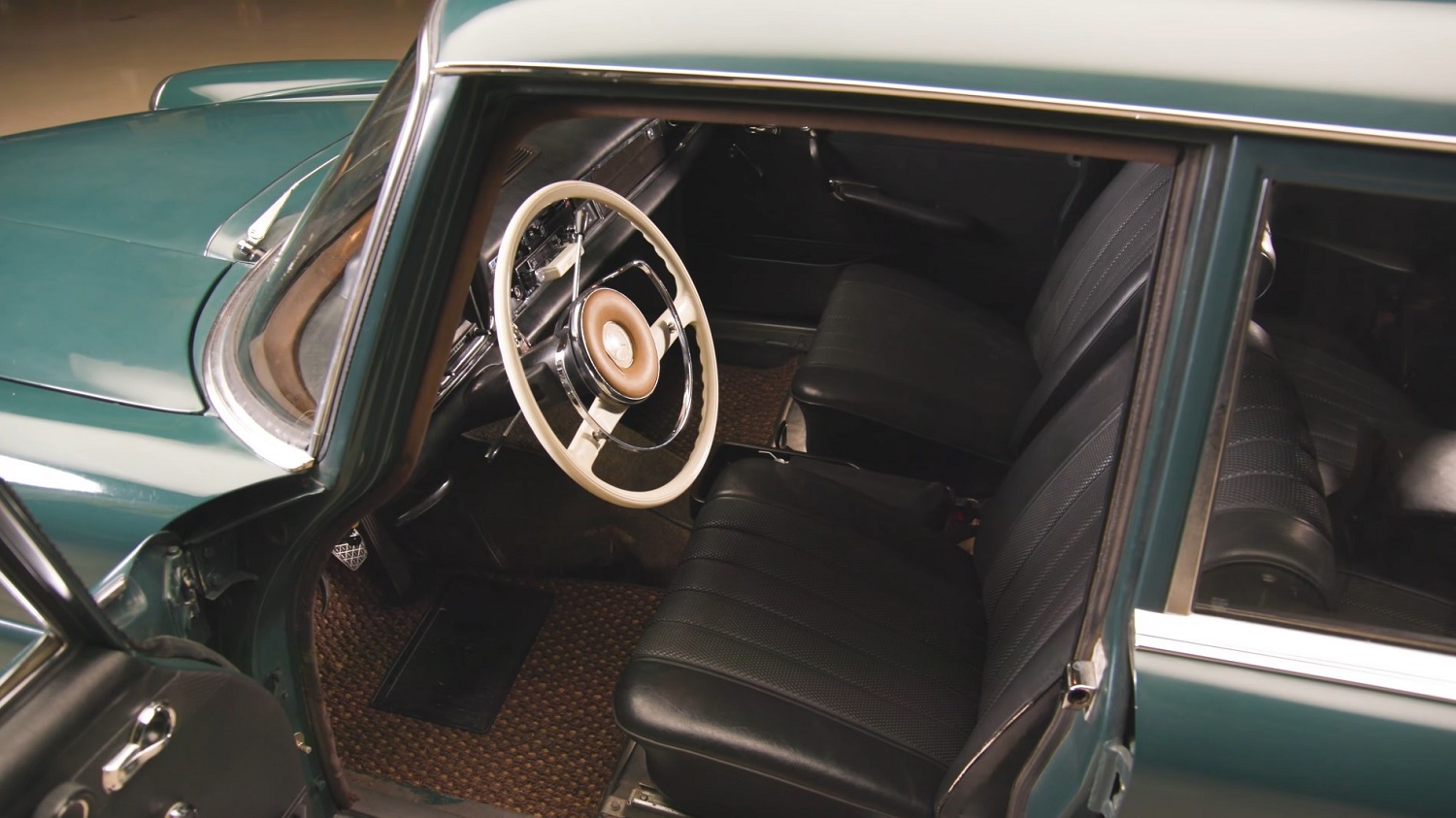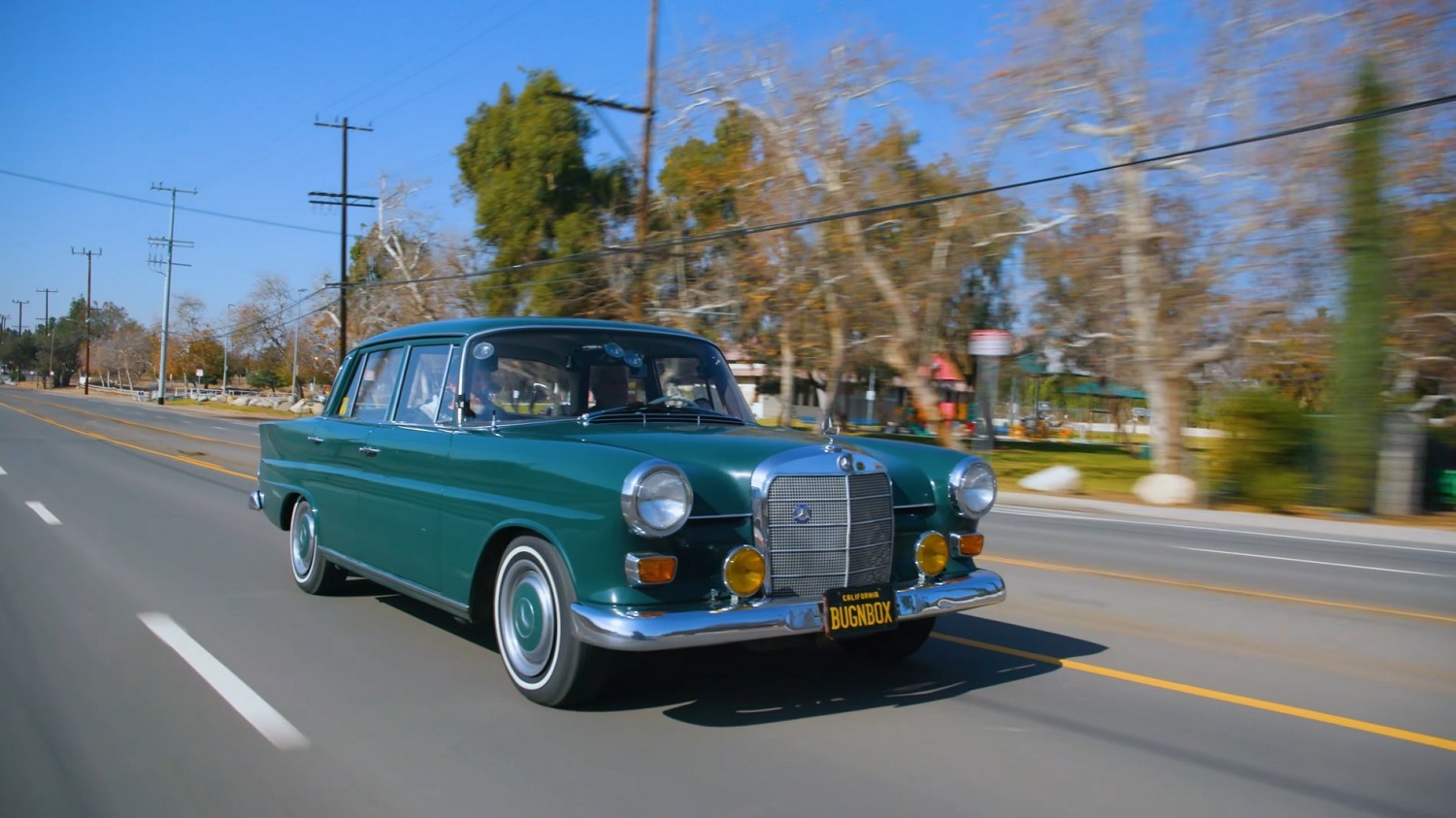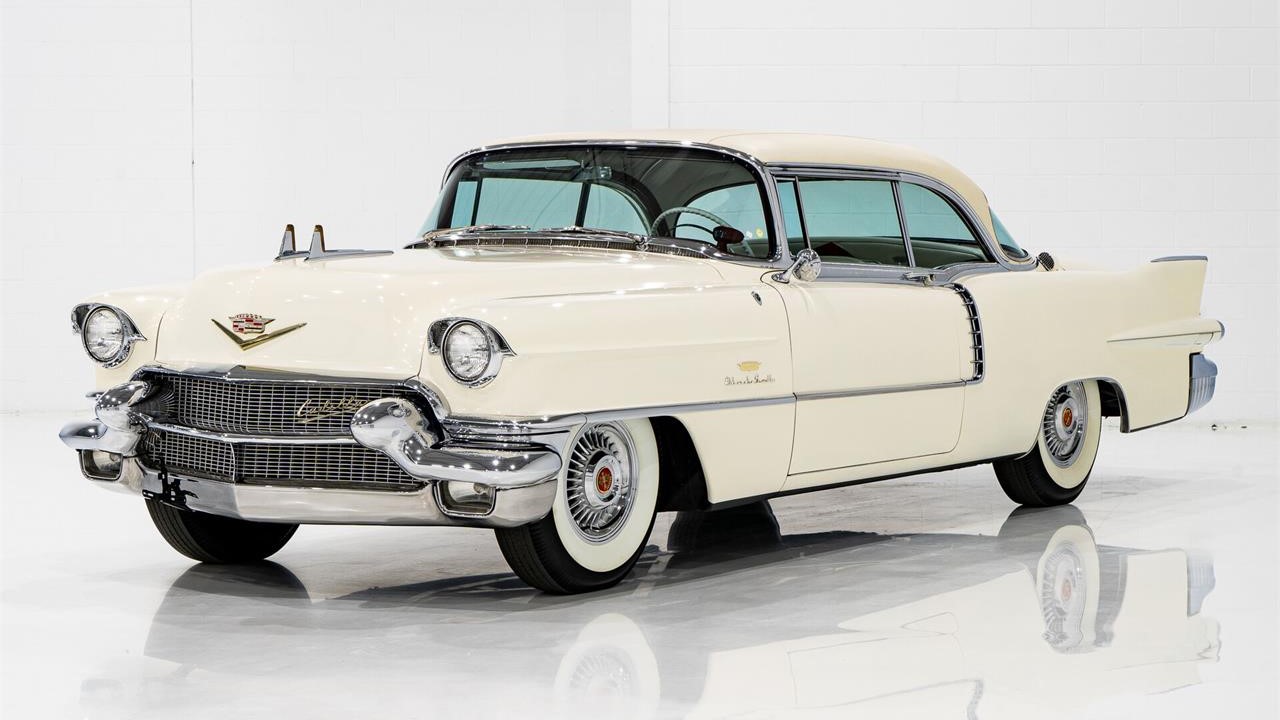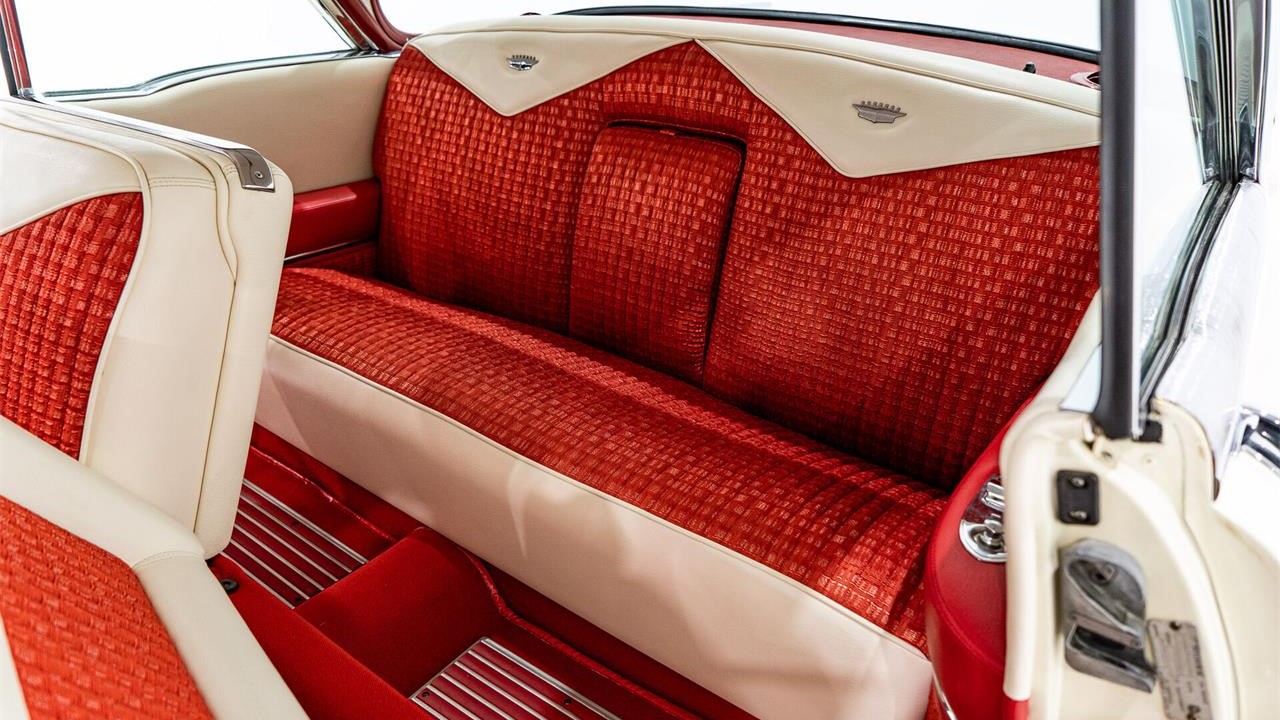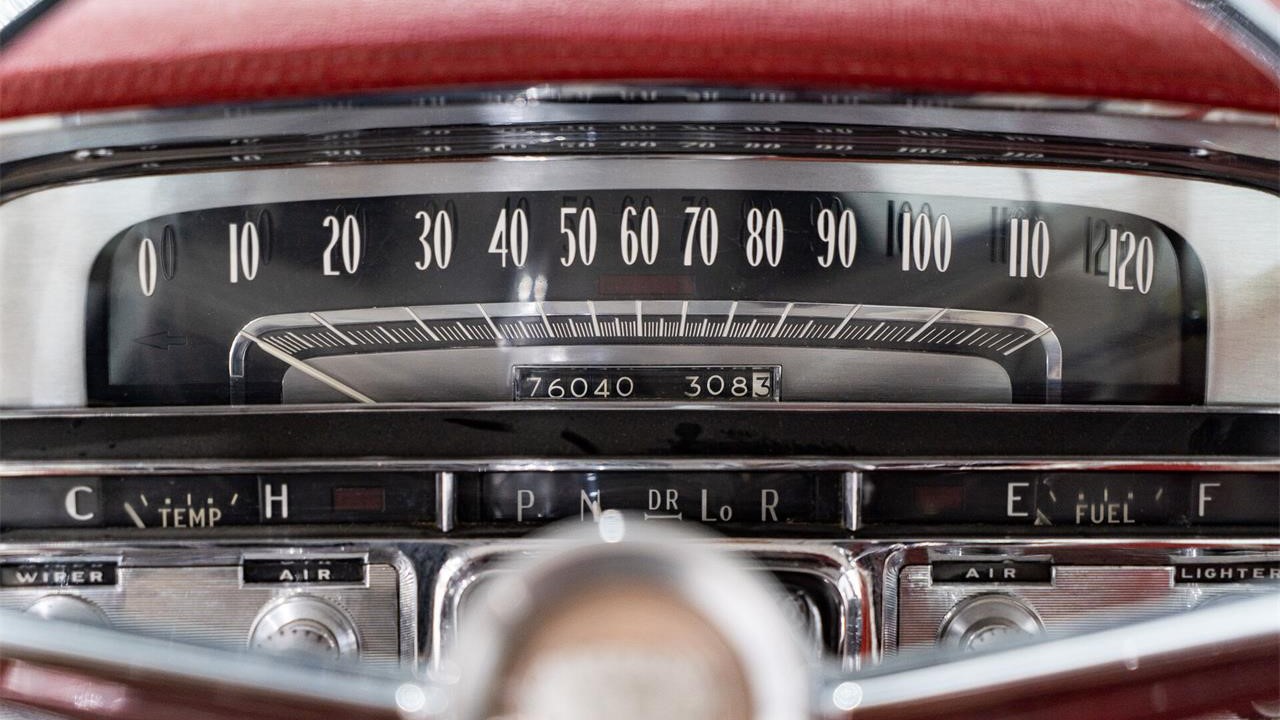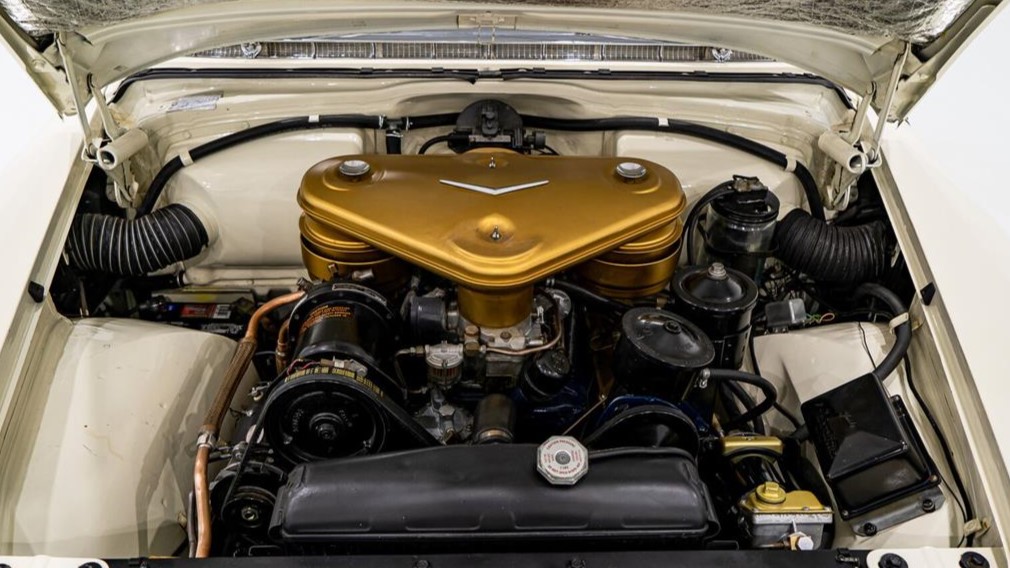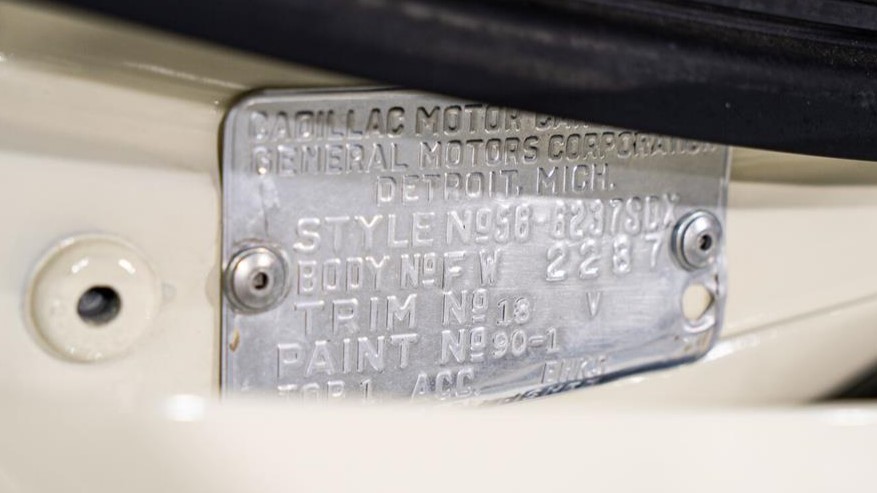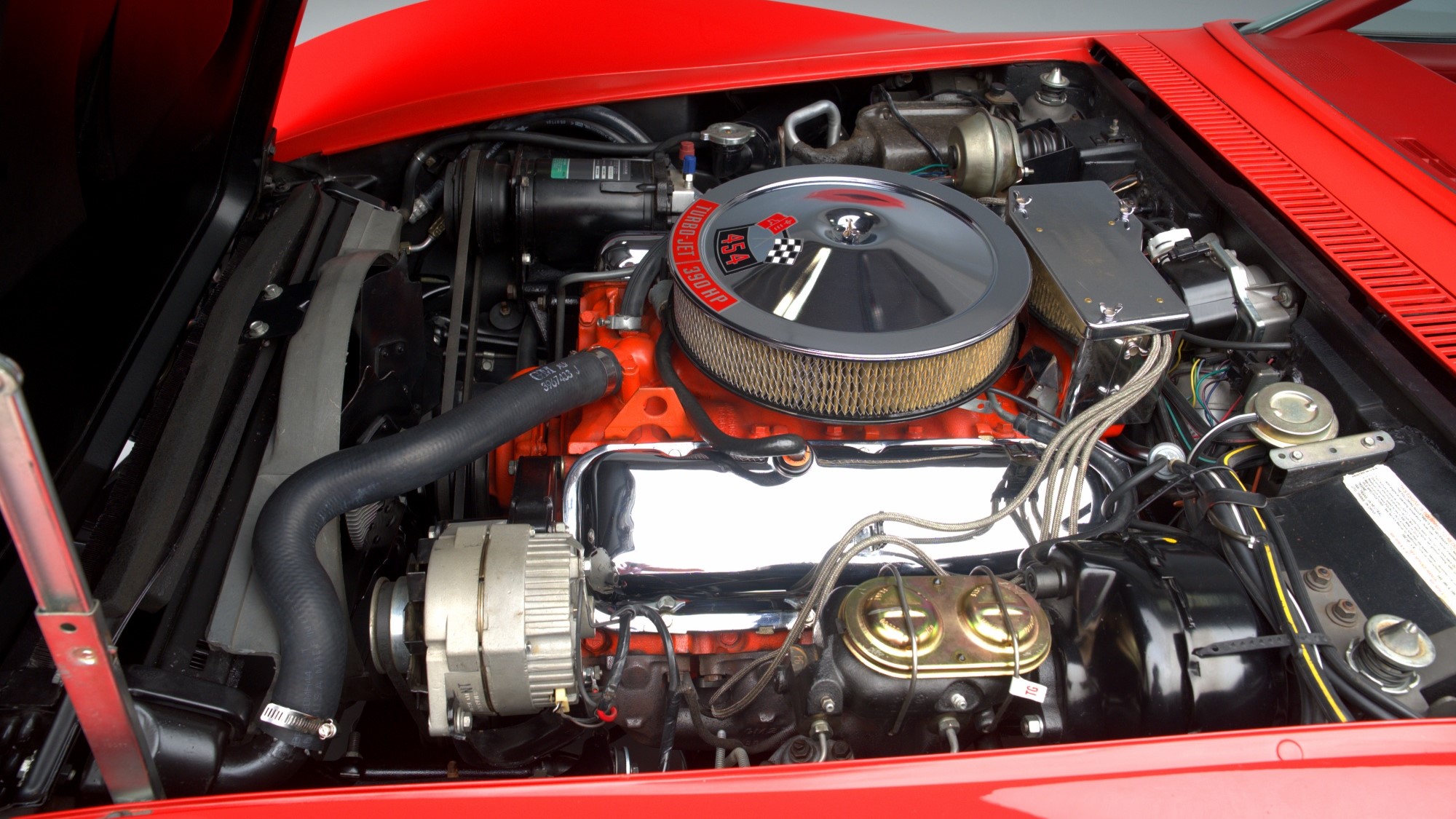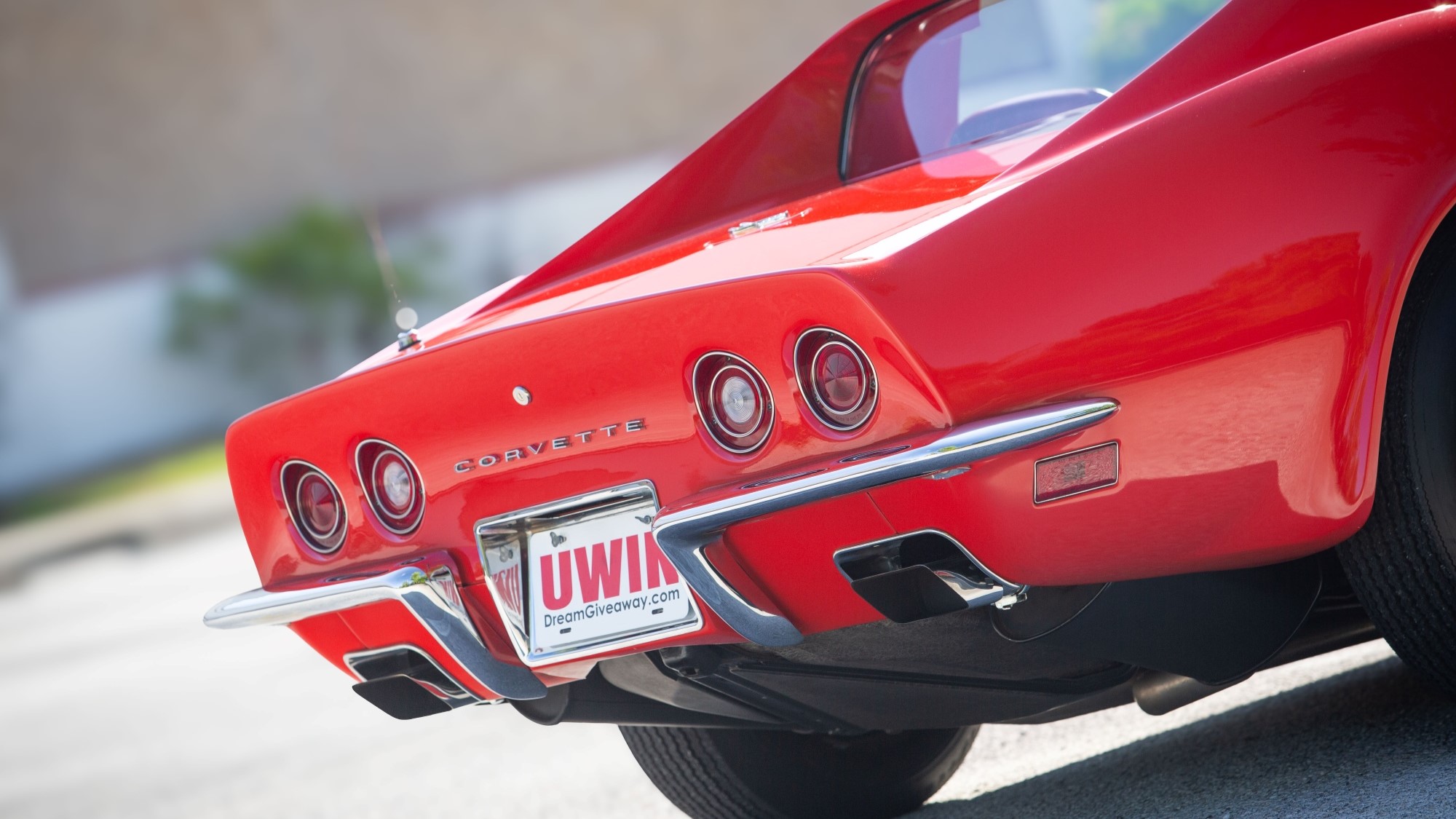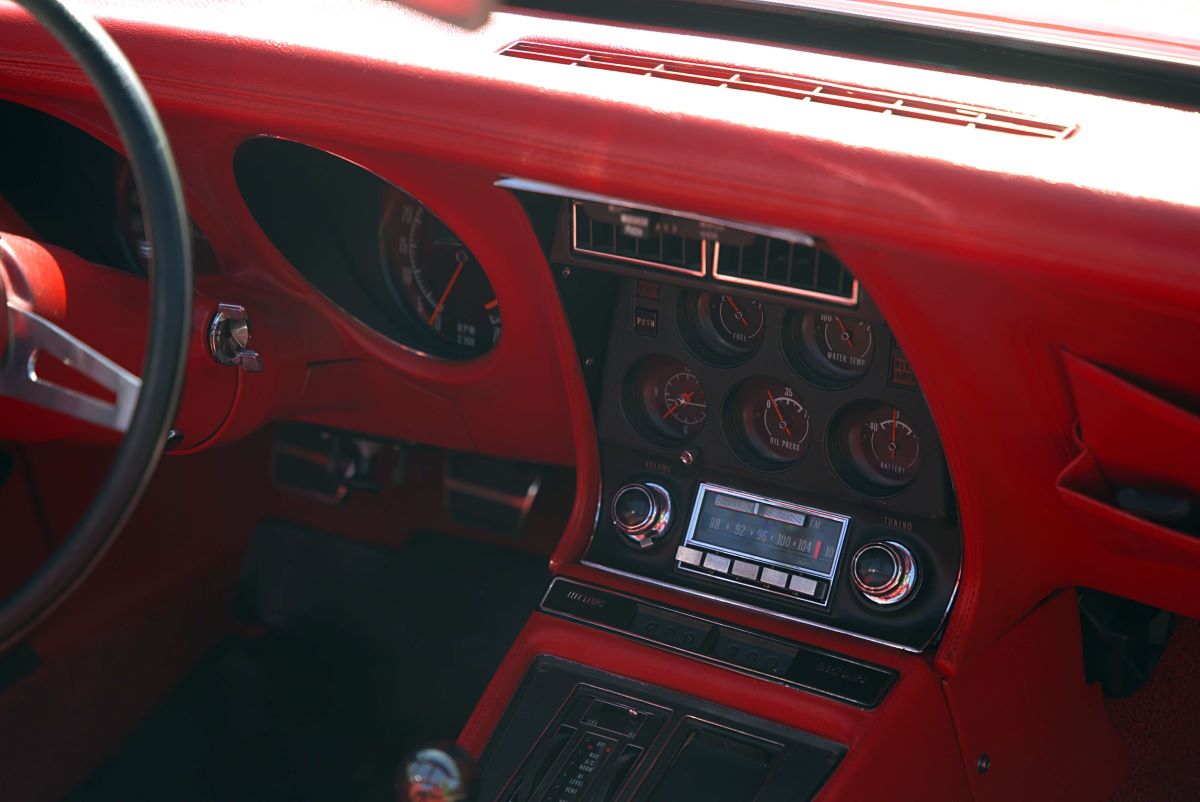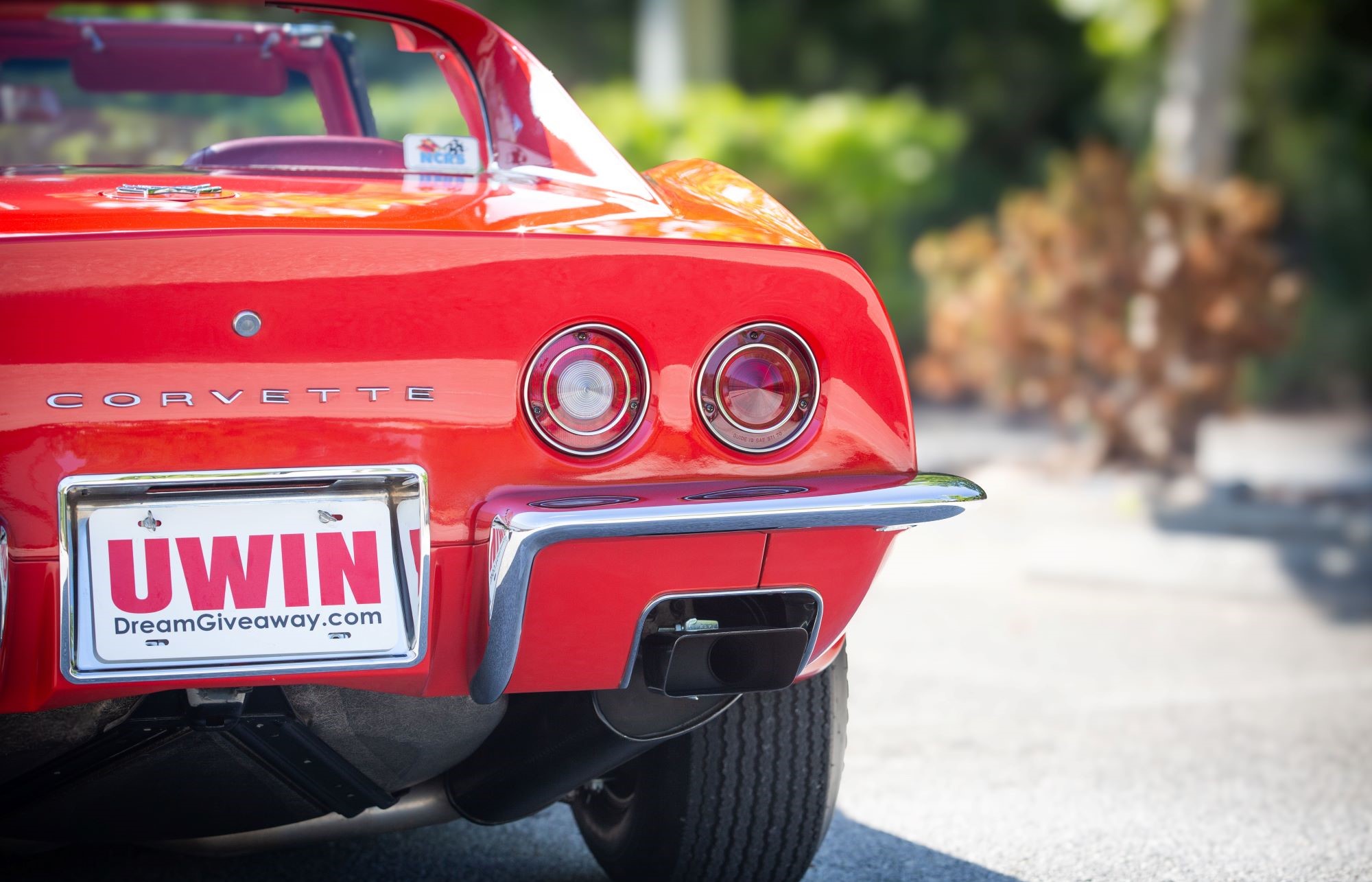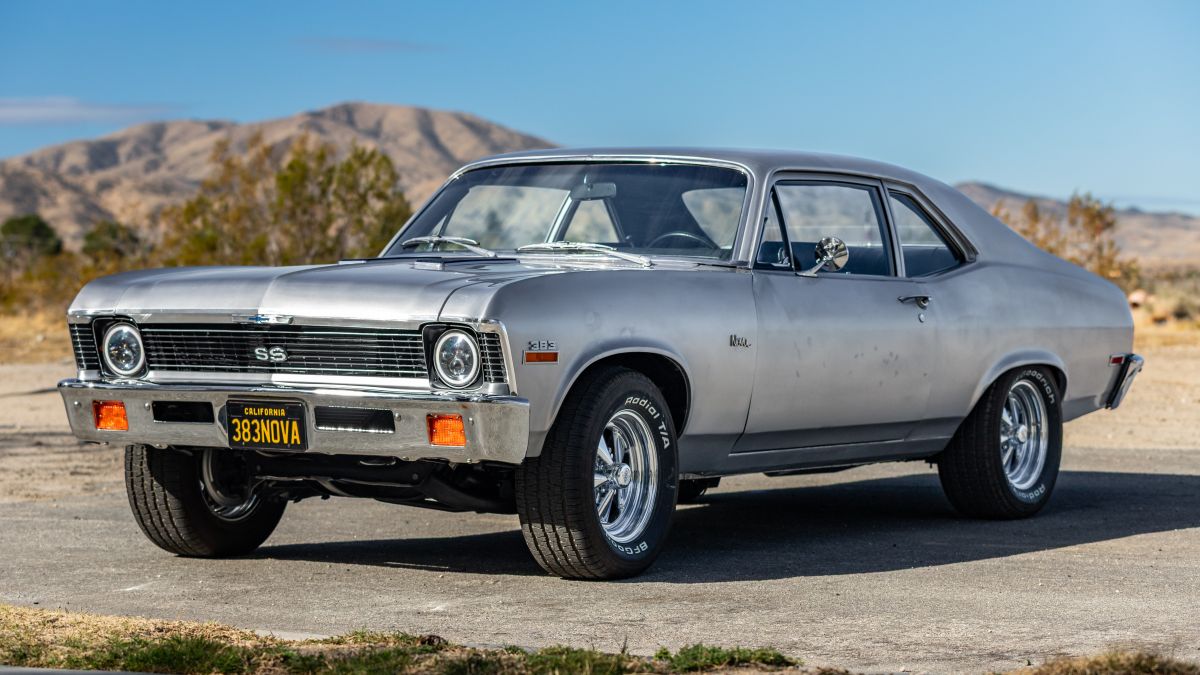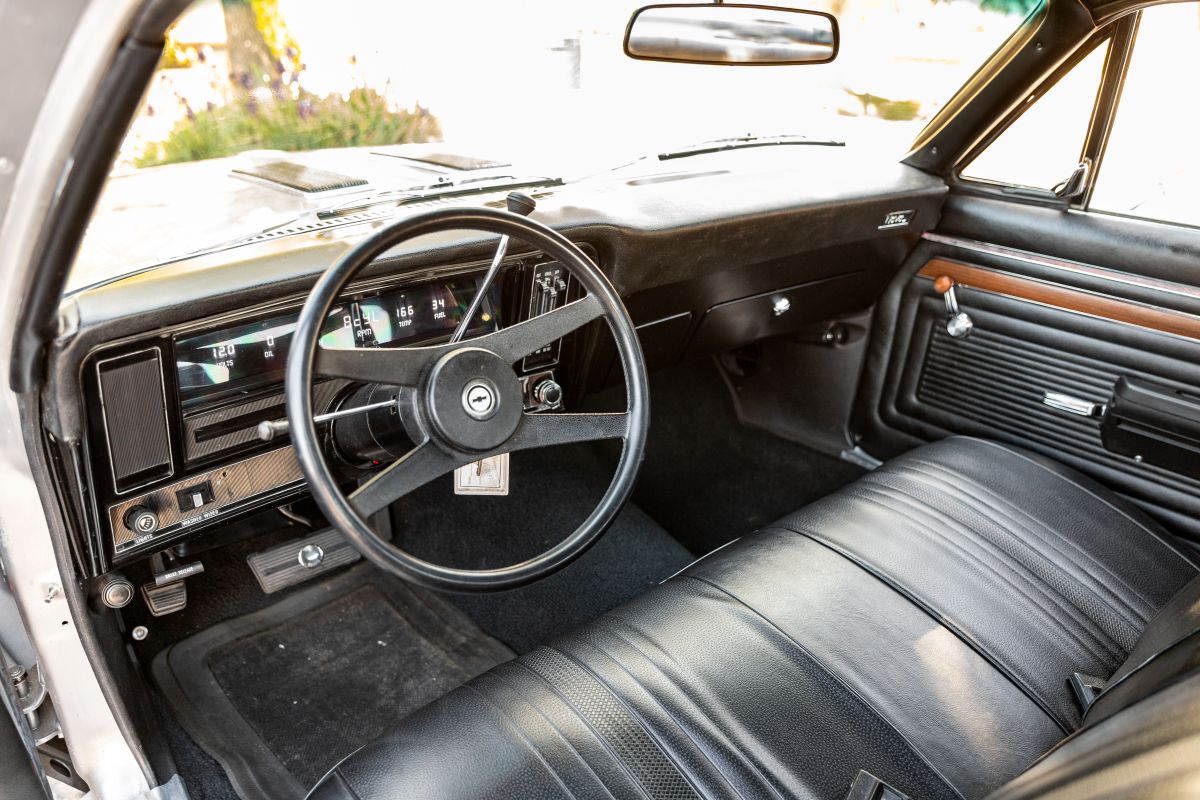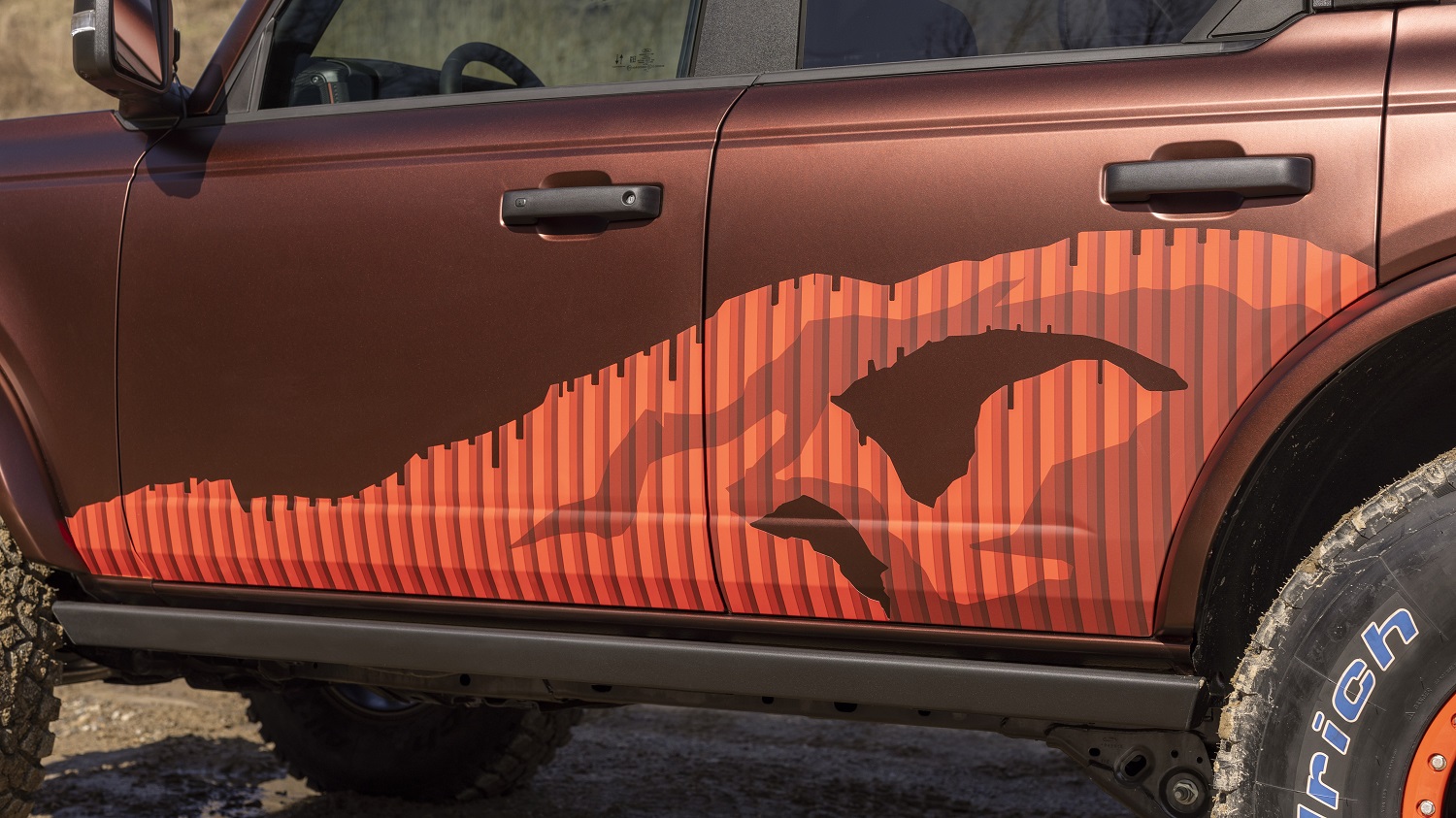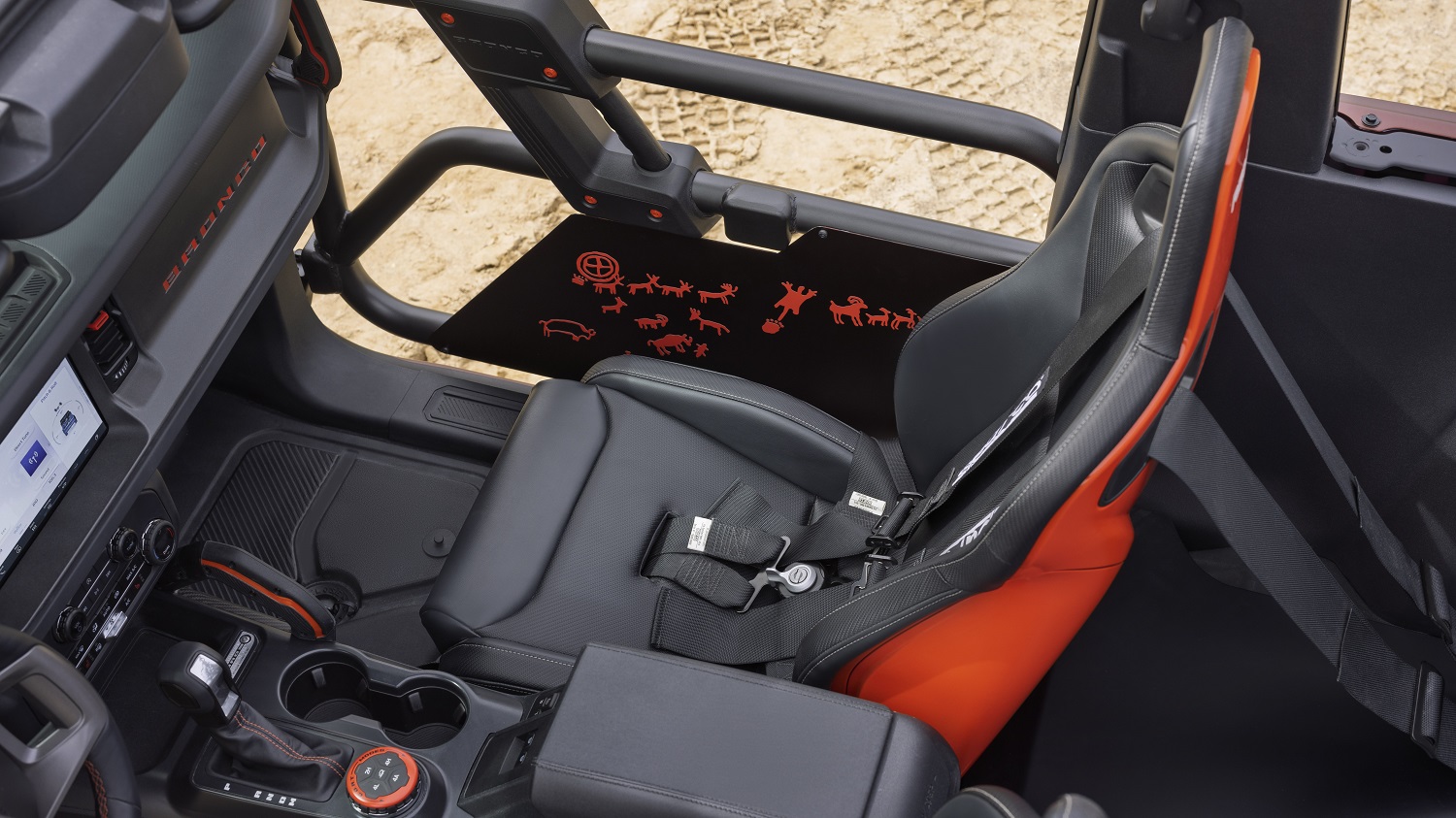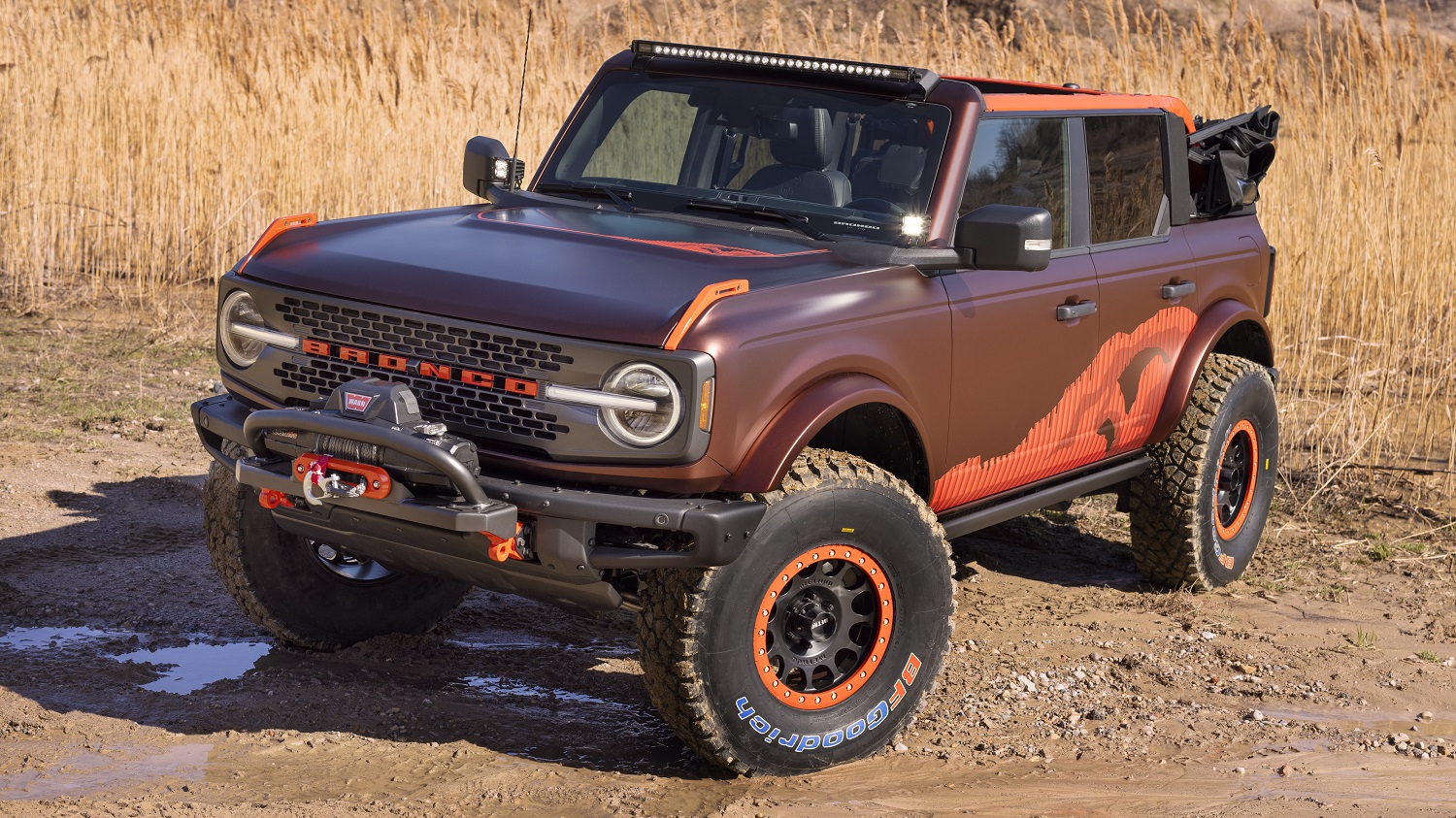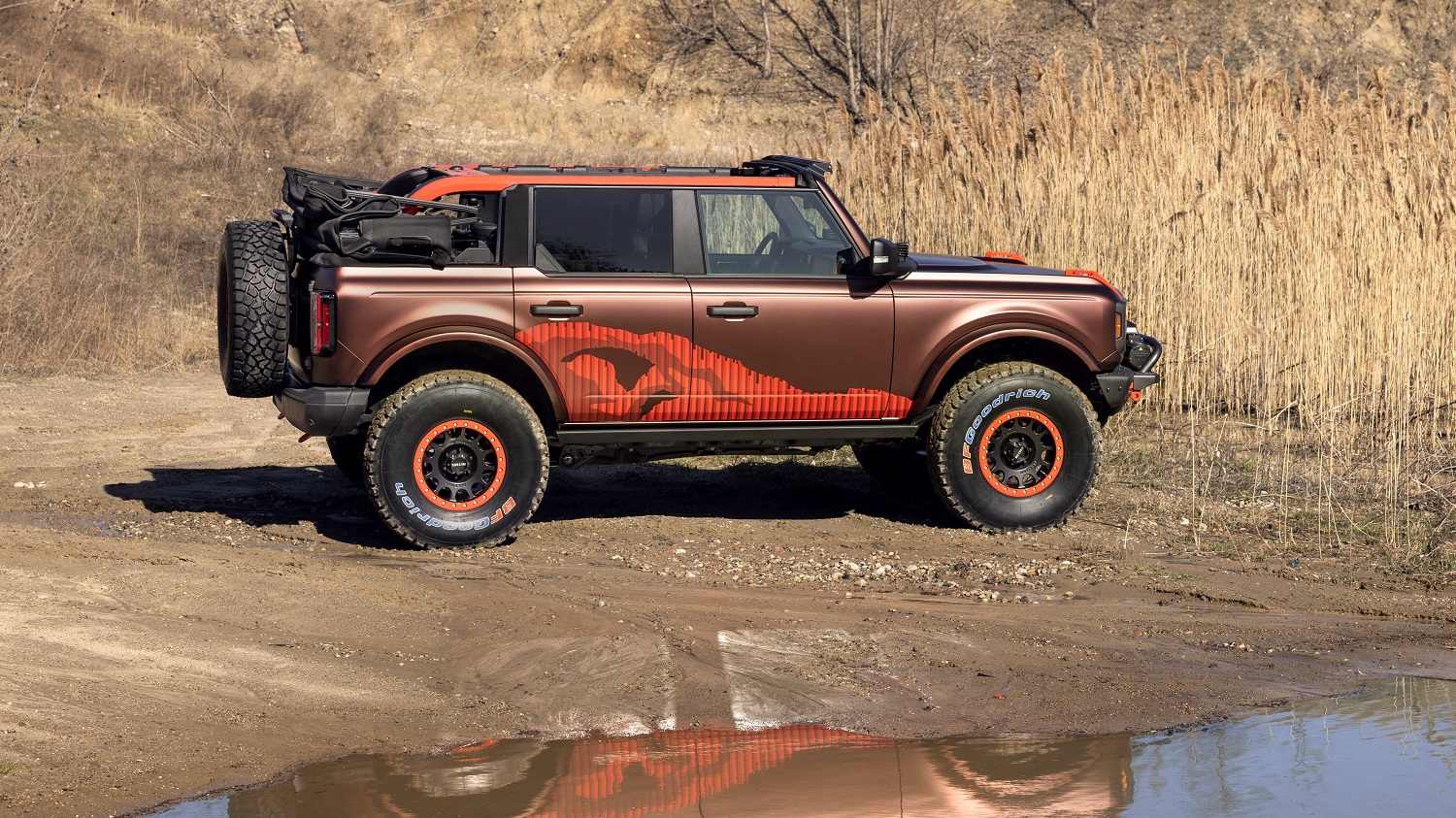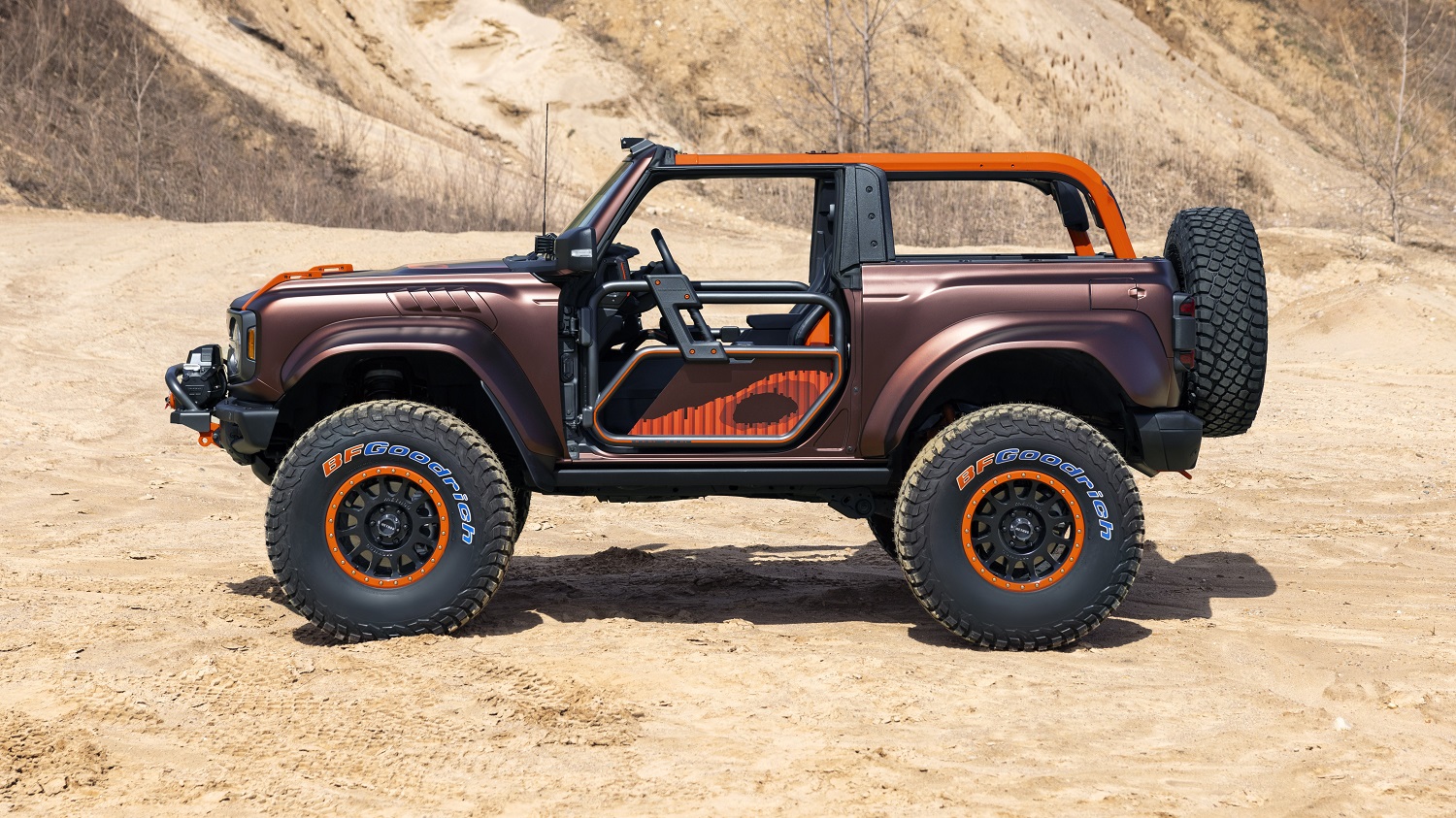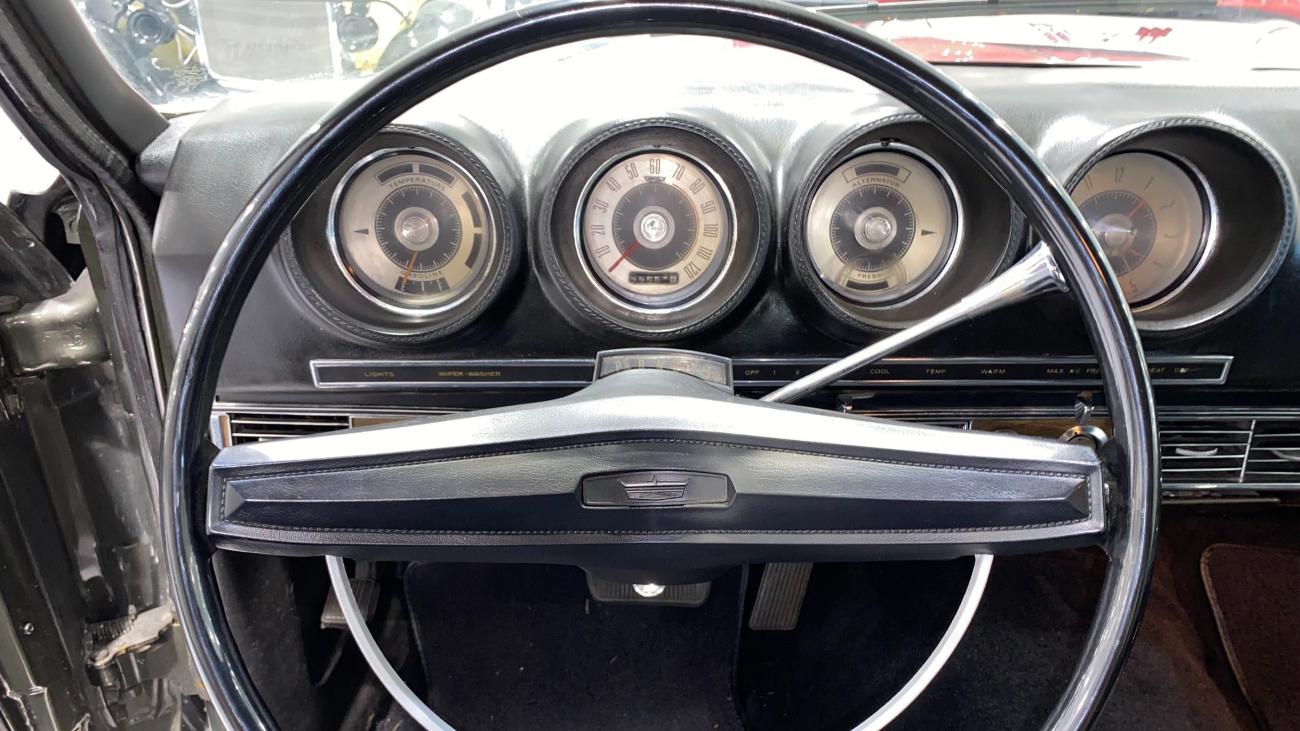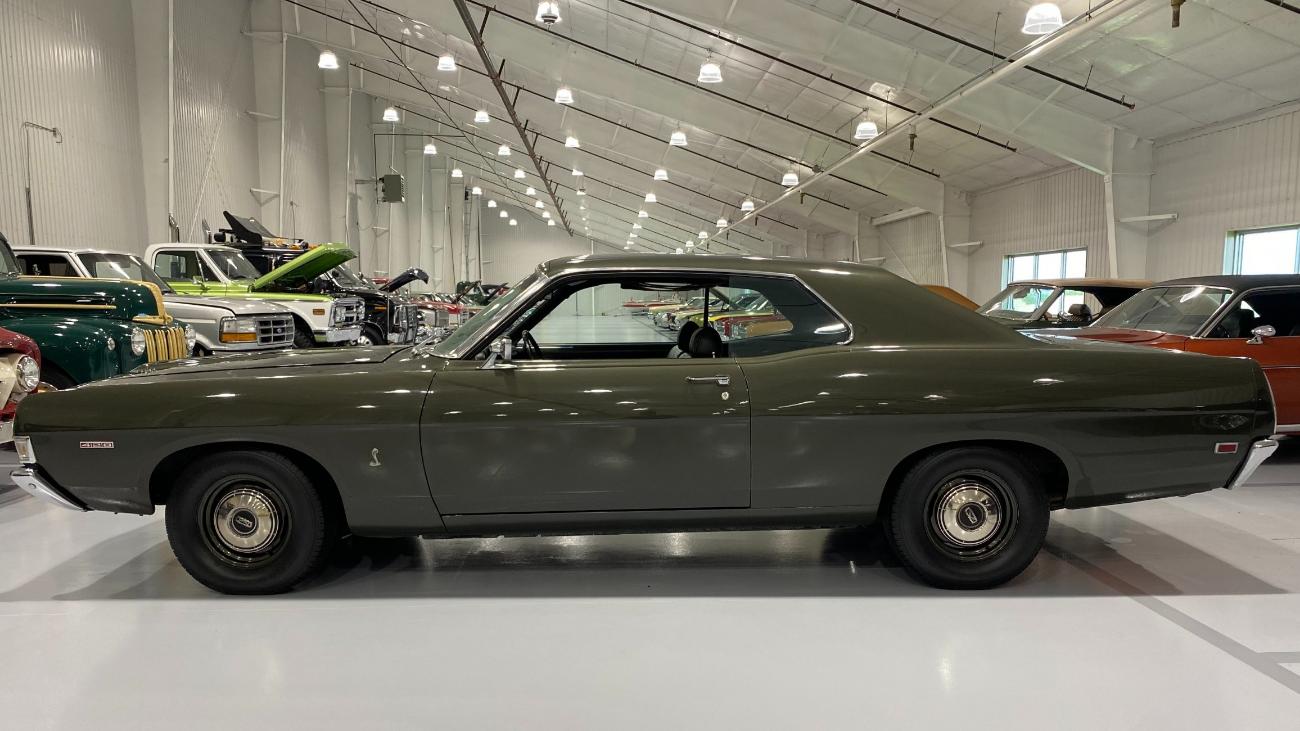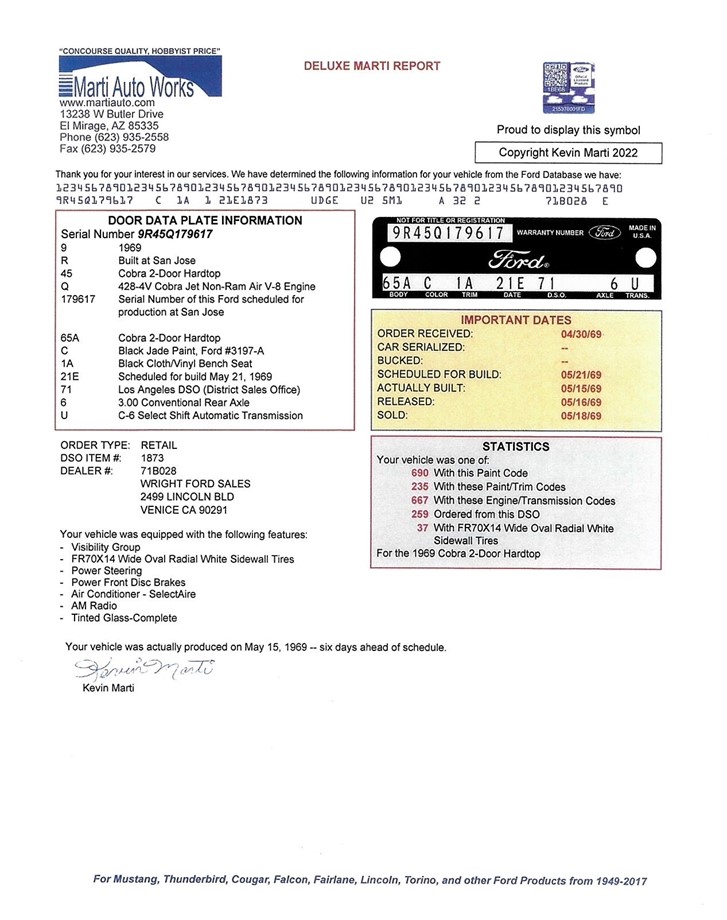Whichever way you look, supercars equal high prices and high maintenance costs. Cars with such technology, design, and performance cannot be cheap. But, in some cases, supercars also mean high levels of depreciation, which can make some models temptingly cheap. We are sure you have dreamed of owning at least one mid-engine exotic, and we are happy to say that your dreams have become a reality. So, please take a look at our list of 10 cheapest supercars and browse the classifieds today. Of course, cheap cars mean high maintenance costs.
1. Lotus Esprit V8
The Lotus Esprit V8 is a British icon that combines exotic styling with impressive performance. Equipped with a twin-turbocharged 3.5-liter V8 engine, it delivers around 350 horsepower, accelerating from 0 to 60 mph in just over 4 seconds. Its lightweight design and sharp handling make it a driver’s delight.
Prices for well-maintained examples can be surprisingly affordable, offering an actual supercar experience without breaking the bank. However, Lotus isn’t a company known for its build quality, so be sure to have an emergency fund if something goes wrong.
2. Audi R8 (First Generation)
The first-generation Audi R8 brought supercar performance with everyday usability. Featuring a mid-mounted V8 or V10 engine, it offers a balanced driving experience with Audi’s renowned Quattro all-wheel-drive system. The R8’s sleek design and high-quality interior make it a standout choice. Early V8 models have become more accessible in the used market, providing an excellent entry point into supercar ownership.
This is a reliable supercar, as far as the supercars go, and can be maintained on a budget since it shares some of its components with lesser Audis. If you want an ultimate R8 experience, go for a manual gearbox.
3. Ferrari 360 Modena
The Ferrari 360 Modena is a modern classic that offers the quintessential Ferrari experience. Powered by a 3.6-liter V8 engine producing around 400 horsepower, it delivers exhilarating performance and a spine-tingling exhaust note. Its timeless design and engaging driving dynamics have made it a favorite among enthusiasts.
While maintenance costs can be high, the 360 Modena remains one of the more attainable Ferraris on the market. It is also far better and more dependable than the Ferrari F355, which preceded it.
4. Honda NSX (First Generation)
The first-generation Honda NSX is a Japanese masterpiece that redefined the supercar segment. Its mid-engine layout and lightweight aluminum construction offer exceptional handling and reliability. The NSX’s 3.0-liter V6 engine, producing around 270 horsepower, provides spirited performance.
Its user-friendly nature and iconic status have kept it in demand, but early models can still be found at reasonable prices. Maintenance is pretty simple, and NXS has been regarded as a dependable machine. But hurry up since the prices are rising.
5. Lamborghini Gallardo
The Lamborghini Gallardo brought the brand’s exotic flair to a broader audience. It has a 5.0-liter V10 engine with over 500 horsepower and delivers blistering acceleration and a distinctive exhaust note. The Gallardo’s aggressive styling and all-wheel-drive system make it a thrilling yet manageable supercar.
Early models have depreciated significantly, making them more accessible to enthusiasts. Yes, the maintenance will be costly, but it will be worth it since the Gallardo is a fantastic machine.
6. Alpine GTA Turbo
The Alpine GTA Turbo is a rare French sports car with unique styling and performance. Powered by a turbocharged V6 engine, it delivers a lively driving experience with its rear-engine layout. The GTA Turbo’s lightweight construction and aerodynamic design contribute to its agility.
While not as well-known as other supercars, it provides exclusivity and charm at a more affordable price. If you want to amaze your friends at the next Cars and Coffee meet, the GTA is the right car.
7. DeTomaso Pantera
The DeTomaso Pantera is an Italian-American hybrid that combines exotic design with American muscle. It features a Ford-sourced V8 engine, which offers robust performance and a distinctive character. The Pantera’s aggressive styling and raw driving experience have made it a cult classic.
While values have been rising, it remains one of the more accessible vintage supercars. The great thing about Pantera is that it has a Ford engine, which means cheap maintenance.
8. Lotus Exige
The Lotus Exige is a lightweight track-focused sports car that delivers pure driving thrills. Its minimalistic design and precise handling offer an unfiltered connection between driver and machine.
Powered by a supercharged inline-four engine, the Exige provides impressive performance in a compact package. Its affordability and focus on driving dynamics make it a favorite among purists.
9. Chevrolet Corvette C8
The Chevrolet Corvette C8 represents a significant shift for the iconic American sports car, featuring a mid-engine layout for the first time. Its 6.2-liter V8 engine produces around 495 horsepower, delivering exceptional performance and handling.
The C8’s modern design and advanced technology offer a supercar experience at a fraction of the cost. Its value proposition has made it a game-changer in the segment.
10. Alfa Romeo 4C
The Alfa Romeo 4C is a compact Italian sports car emphasizing lightness and agility. With its carbon fiber monocoque chassis and turbocharged inline-four engine, it offers a responsive and engaging driving experience. The 4C’s distinctive styling and rarity add to its appeal.
While it may lack some amenities, its focus on performance and design makes it a compelling choice for enthusiasts. The Alfa Romeo 4C is one of the cars that will be valuable someday and that offers a very specific driving experience. It could be considered a budget supercar.












